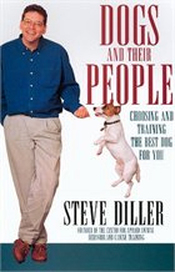Training Tools
Tools are just that, tools and when the right tool is applied to the right job and used by a skilled craftsman, the job will be done well. Unfortunately, the flaws are in the wrong tools in the wrong place and used by the inexperienced, which can only lead to disaster. One has to realize that it is not the tools at fault; it is the poorly trained craftsman who has not mastered his craft. When it comes to dogs, one must be thoughtful and before using any training tool must know the character of the dog being trained, and the odds of the dogs family being able to effectively and humanely use the recommended tool. It is the job of the qualified instructor to assess these qualities, of both owner and dog to define which tools might be most appropriate for best training the family dog. Finally, I personally do not believe in using any electronic tools on puppies. I am staunchly against underground containment use in puppies and of the mind set that puppies need only socialization and guidance until they have reached an age where they can benefit from any corrections at all. |

